Having just returned for Christmas from a week in the terrifyingly cold grip of the Nevada mountains (-19 degrees C), I am just about to embark on a journey to Brunei and Malaysia, where the temperature is 30 degrees C. My body has absolutely no idea how to cope. Tea, as always, is the answer...
Wuliangshan is a long range of mountains, one million miles away from everything, up in Simao diqu [prefecture]. It is one of my favourite pu'ercha places, combining tasty "outlier" characteristics with the low prices that accompany regions that are off the beaten track. With prices in Xishuangbanna climbing ever high, especially those in the hot-spots (Laobanzhang, Guafengzhai, etc.), I look more and more favourably on tea from Simao and Lincang.
Wuliangshan is a long range of mountains, one million miles away from everything, up in Simao diqu [prefecture]. It is one of my favourite pu'ercha places, combining tasty "outlier" characteristics with the low prices that accompany regions that are off the beaten track. With prices in Xishuangbanna climbing ever high, especially those in the hot-spots (Laobanzhang, Guafengzhai, etc.), I look more and more favourably on tea from Simao and Lincang.
Today's article brings together a trio of teas from this region, kindly provided by Scott of Yunnan Sourcing. Full disclosure: these were freebies. I missed the YS season from 2012 entirely, partly due to the fact that it was an ab-so-lutely crazy year for me, both in terms of family (new baby) and work (new position). This means that I am completely out-of-touch with teas from Scott since 2011, and therefore am extremely excited to be offered the opportunity to regain familiarity. Long-time readers will recall my vocal support of folk who love pu'ercha, and who make good cakes - Scott being one of the longest-serving members of the community.
The first cake is, as pictured above, the 2012 "Chenxiang", which means "aged fragrance". It sells for just $27, and comes from Nanjian county of Wuliangshan area - presumably not the region of the same name in Dali prefecture. While not the focus of this article, I include it for my own reference.
Moving swiftly on, the 2012 "Yinxiang" cake (meaning "Impression") is an entirely unbranded affair, which Scott sells as being a potential for Western distributors to resell. Scott has a number of collaborative ventures and, as his reputation grows, so reselling and collaborations become rightfully more popular - this is a Good Sign, I think.
This cake is not entirely Wuliangshan, and also includes some from an unnamed source in Lincang diqu, and some other leaves from elsewhere in Simao.
Perhaps as a consequence of the unbranded nature of this blended cake, the price is straight out of the mid-2000s: it sells for just $13.50. If you get 35 sessions out of a cake, let's say for argument's sake, then this works out to $0.39 per session. I cannot think of a commodity in the UK that sells for that much - it's cheaper than an apple.
I rather fancy the leaves, pictured above and below, but then I have always been a sucker for a pretty blend. We have small, medium, and large leaves; we have tips and basis leaves; we have the odd stem - it all looks very broad and interesting. I always get too excited about the Dark Arts of blending pu'ercha; it is quite a difficult skill to acquire.
The yellow soup is so fresh that it has actual hints of green. This is the kind of pu'ercha that you feel was just picked recently, even though it is over a year old. The scent is of caramelising sugars, perhaps imparted by the wok.
We have the smoothness and sweetness of Lincang with the dry granary base of Wuliangshan. It's reliably "northern" character is completely charming, and it carries a decent kuwei [good bitterness] in the throat that keeps things interesting.
We have the smoothness and sweetness of Lincang with the dry granary base of Wuliangshan. It's reliably "northern" character is completely charming, and it carries a decent kuwei [good bitterness] in the throat that keeps things interesting.
It settles down into a sweet, fairly loose-and-watery body, with hints of citric fruits in later infusions. For under $14, you really can't be too picky, and this tea is as enjoyable as any of those earlier-years Dayi blends that you could pick up back in the day for around the same amount or less.
The "Yinxiang" is cheap and very cheerful, and does a great job of bringing northern pu'ercha characteristics into a highly affordable package. You never know - this humble little cake might be available from resellers in another guise in coming years.
I totally loved the 2011 Wuliangshan from Scott, which is tong'd up nicely on our teashelves at home and aging well. Its qualities far outshone its humble price ($20!), and its strength has caused the passing two years to change it noticeably while retaining its charm. I have high hopes for it.
This 2012 version, then, has a lot to live up to!
This is probably "the kiss of death" for pu'ercha...
This is probably "the kiss of death" for pu'ercha...
Yellow, big, and sweet, grainy, and full - it captures the attention and seems like a huge bargain in the first infusion. I like its kuwei, and it is clean, strong, grassy tea. "A tong?" I wrote to myself, rather brashly.
I wrote of the 2011 version that it was "exactly my cup of tea", and this 2012 likewise: it has an undercurrent of husky grain-like characteristics that draws water into the mouth; there is a sweetness, enduring and strong, that satisfies. It is a noticeably excellent tea.
And yet...
The tea stays weet and grassy, although the bold smoothness of the first infusions has passed. Perhaps that tong of the 2011 version is sufficient; the later infusions are much more ordinary, if not unpleasant. It is certainly very good for $28, although I am reminded of the importance of evaluating a cake's core characteristics, after the initial infusions have passed.
The tea stays weet and grassy, although the bold smoothness of the first infusions has passed. Perhaps that tong of the 2011 version is sufficient; the later infusions are much more ordinary, if not unpleasant. It is certainly very good for $28, although I am reminded of the importance of evaluating a cake's core characteristics, after the initial infusions have passed.
So, then, two-and-a-half cakes involving the Wuliangshan region, where the "2012 Wuliangshan" is the best - although it has transiently amazing charms in its opening infusions. The strength is there, which is certainly in its favour. That said, the 2013 version may already be available by the time this article gets into "print"!

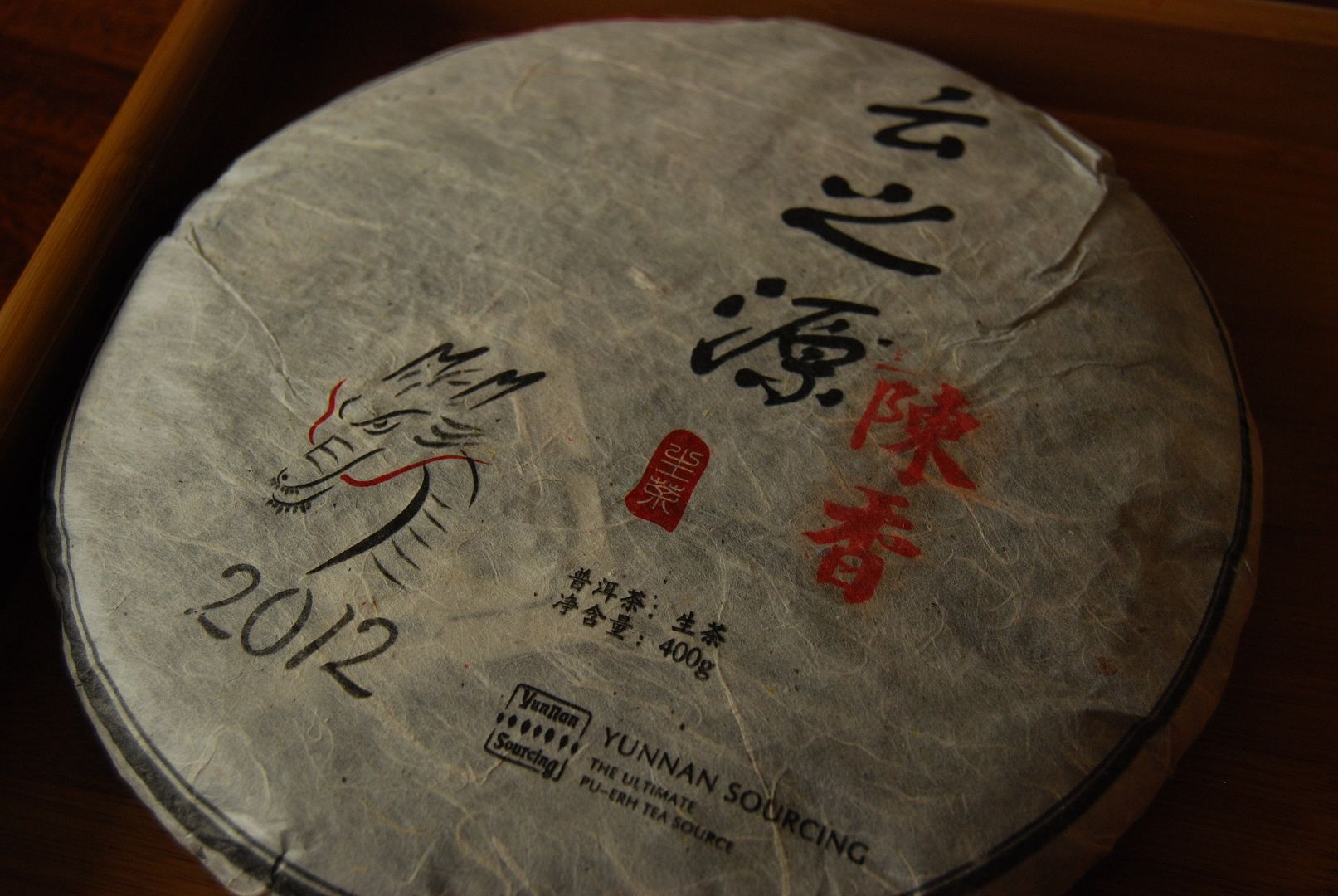
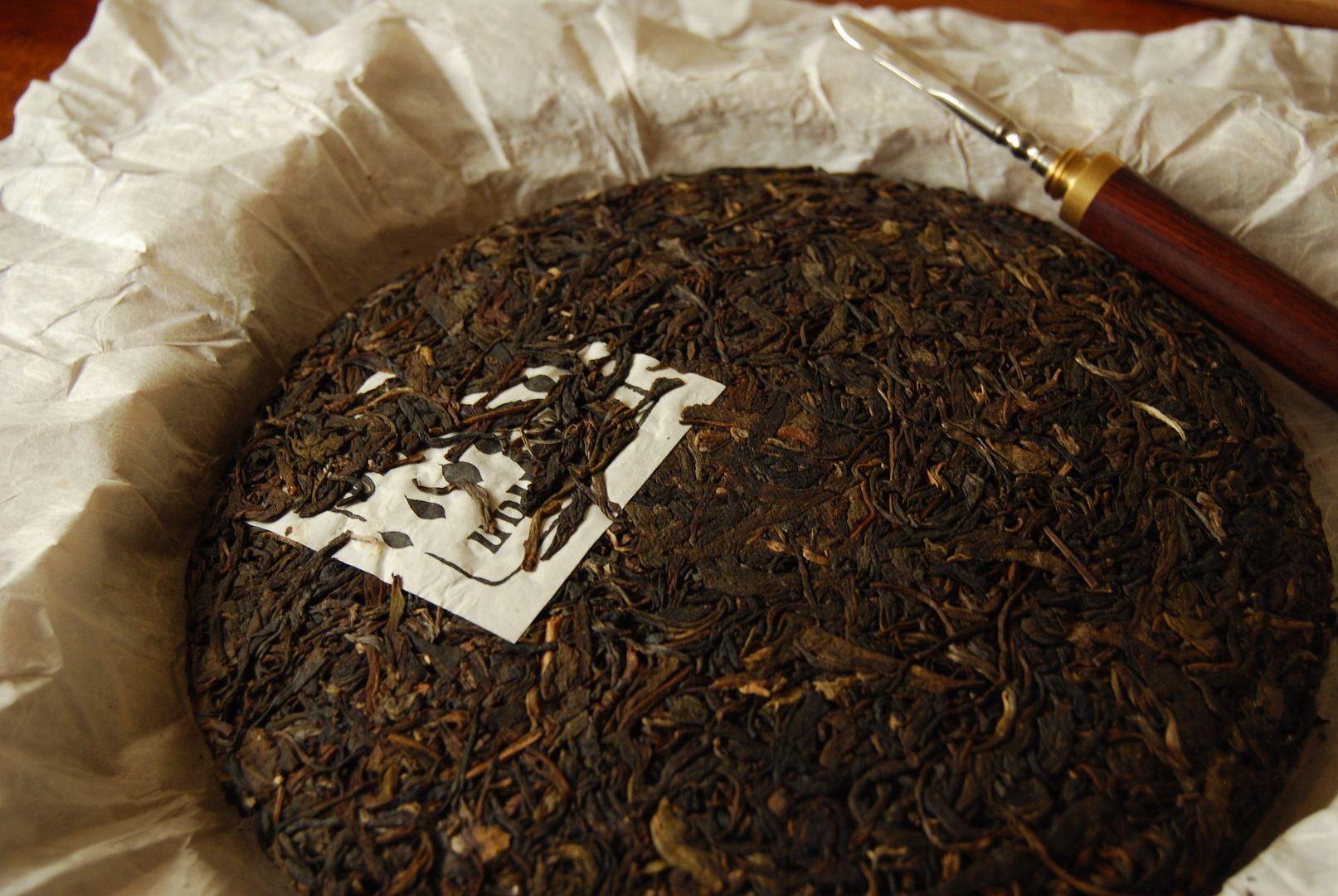
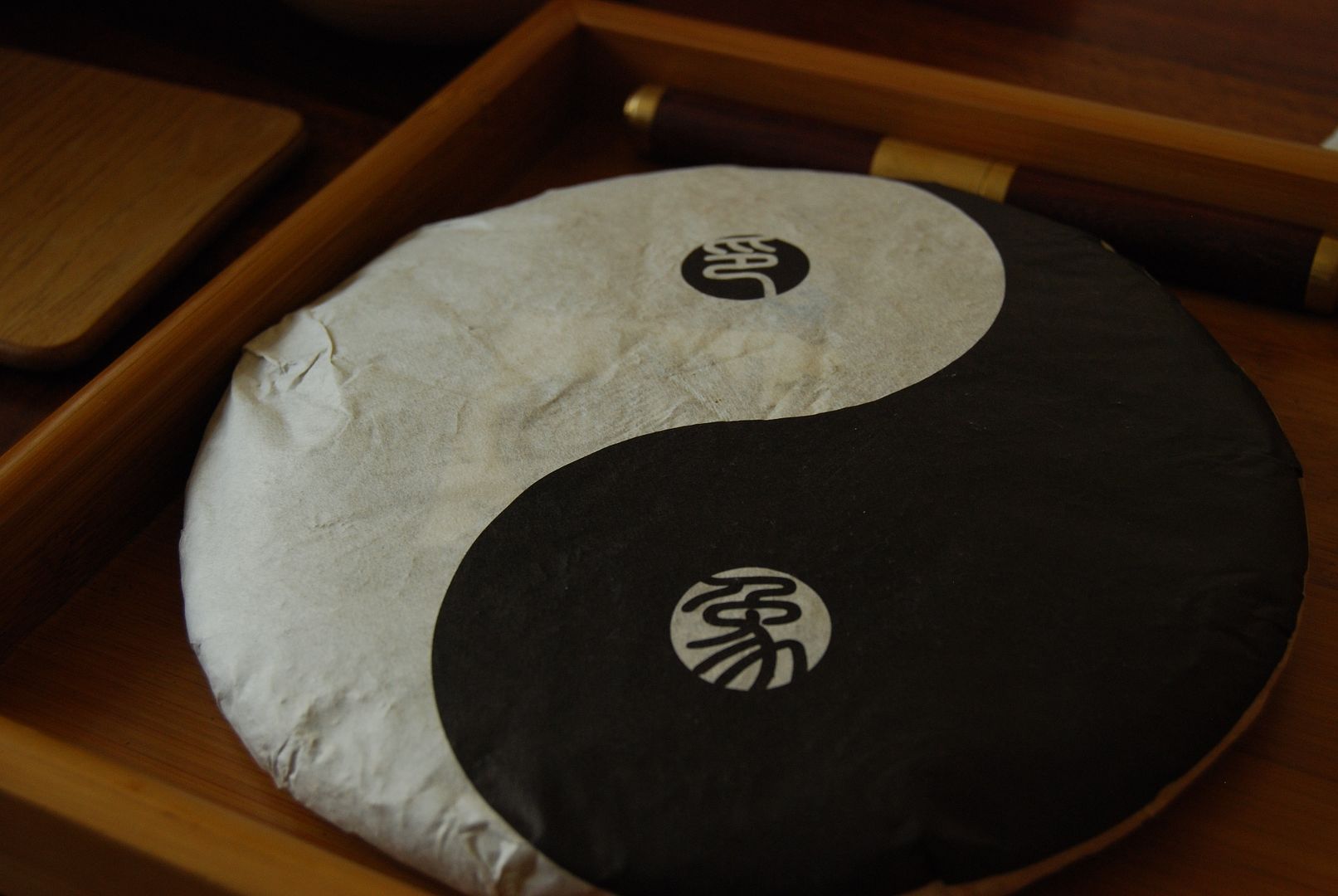

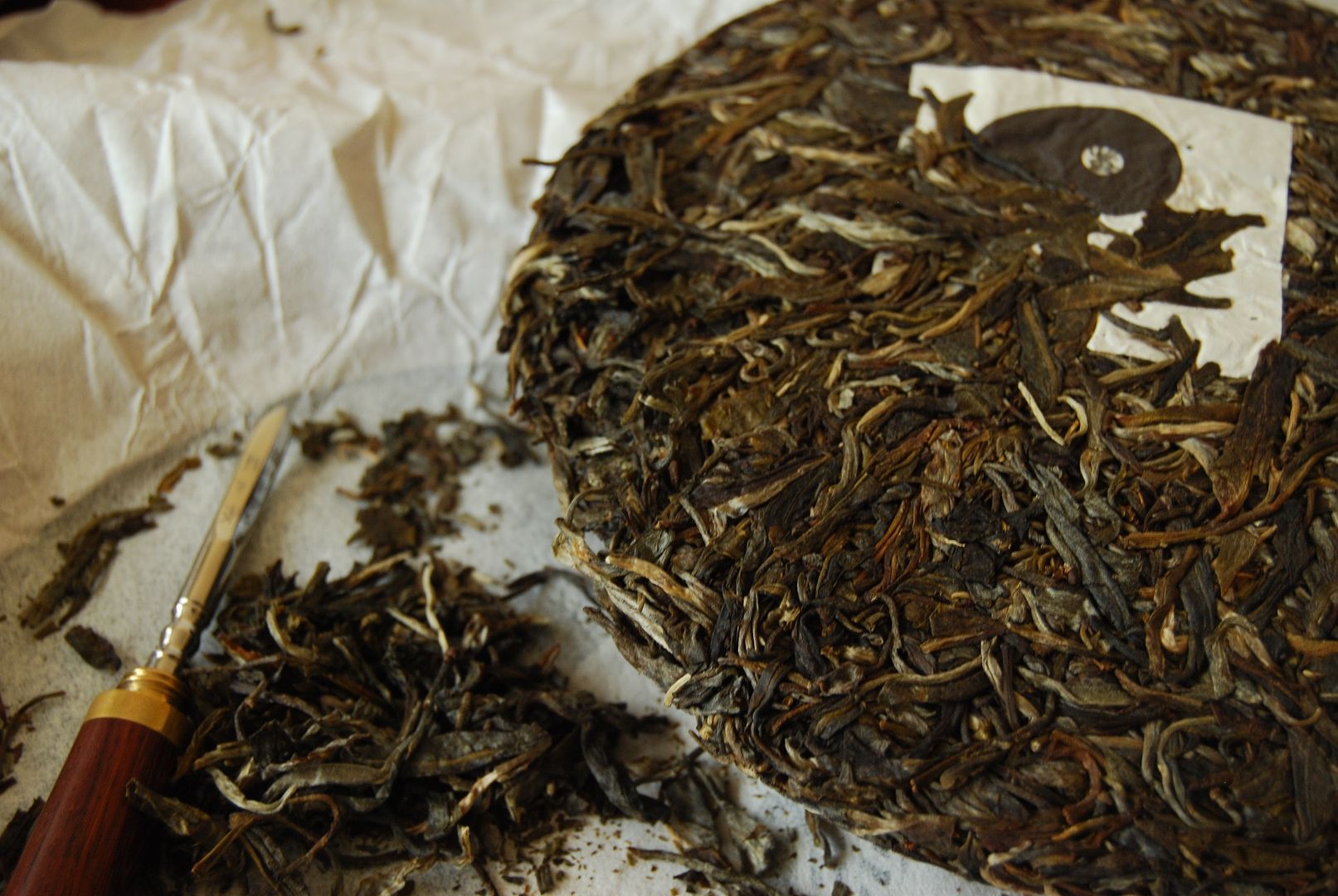
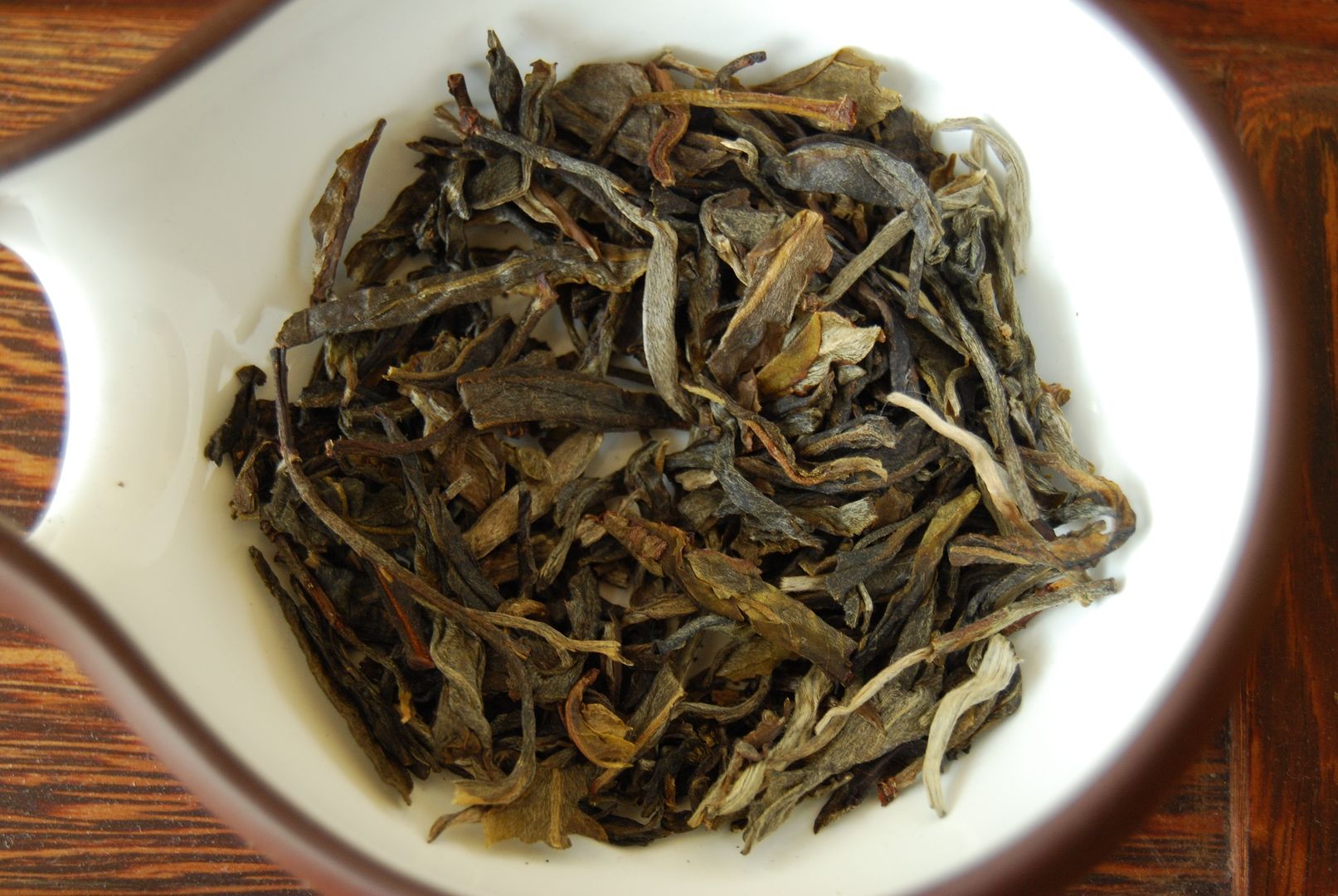
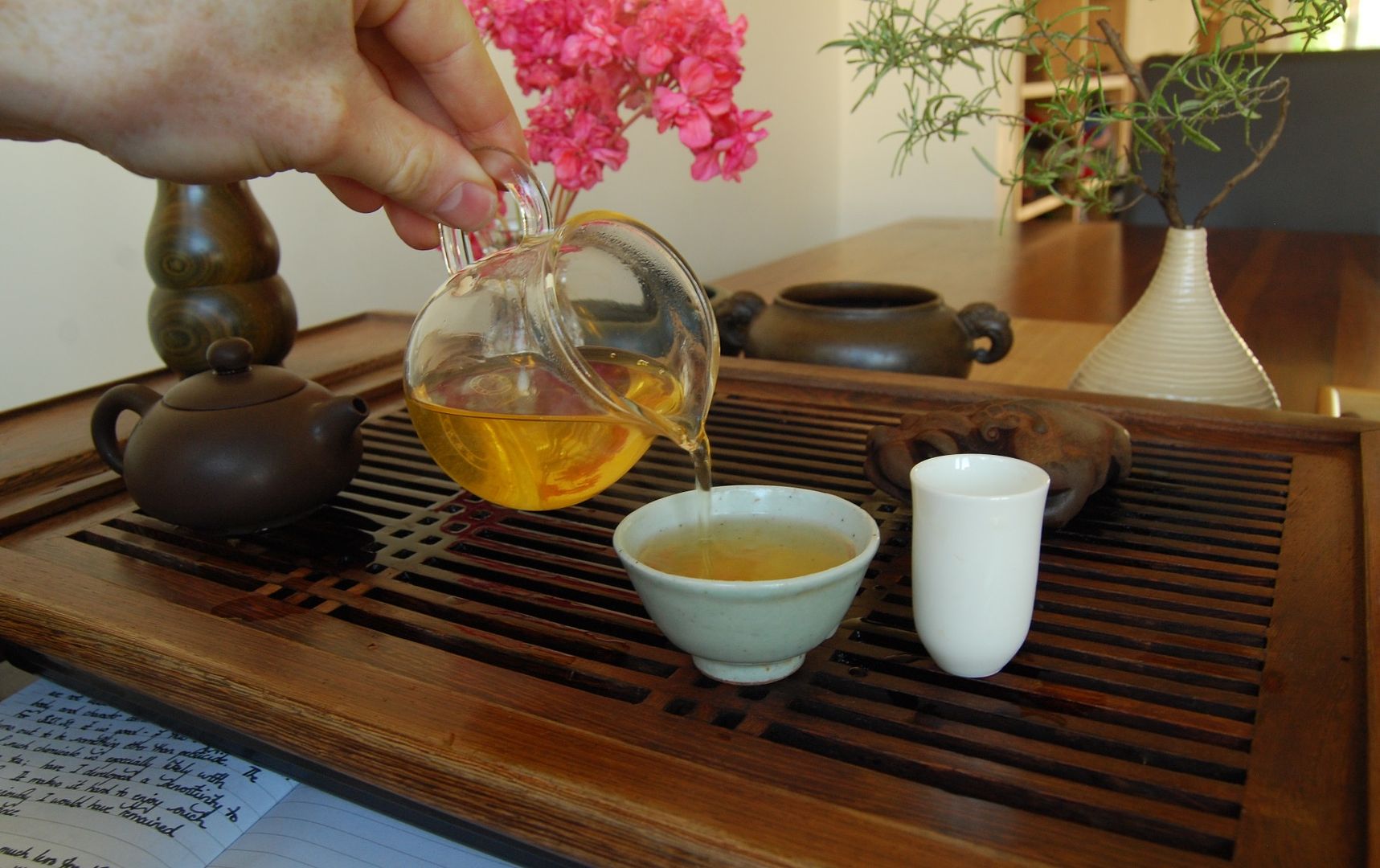
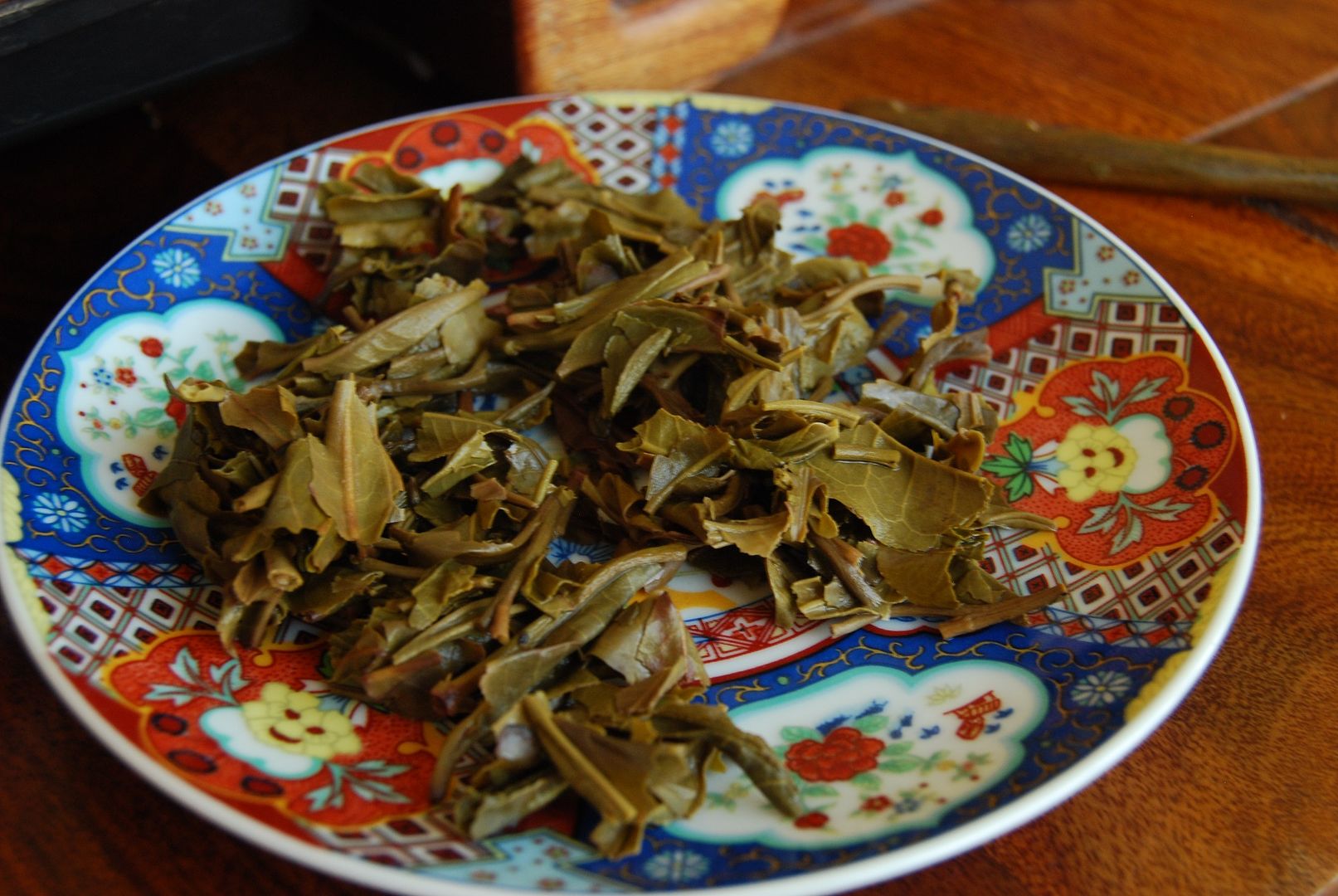
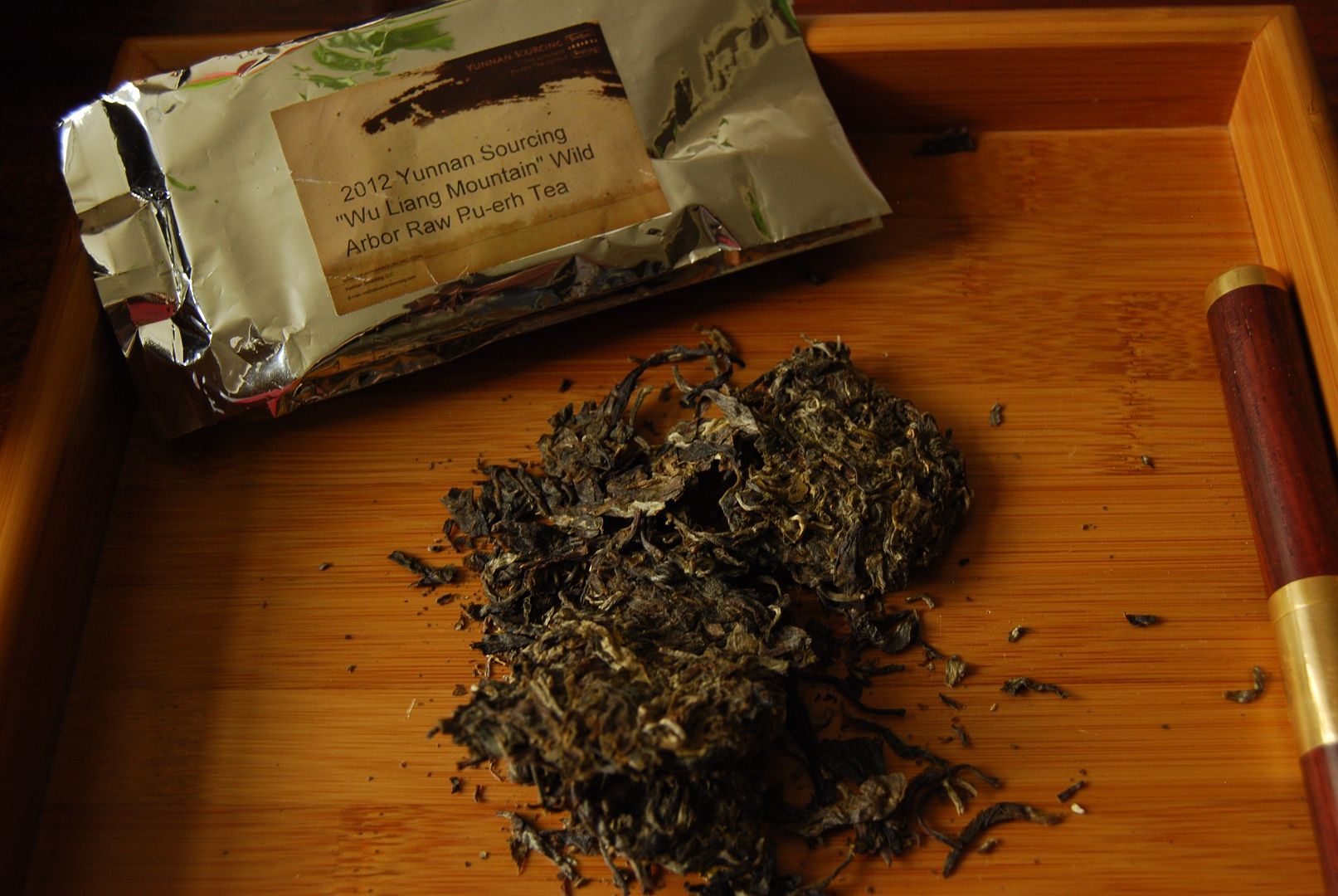



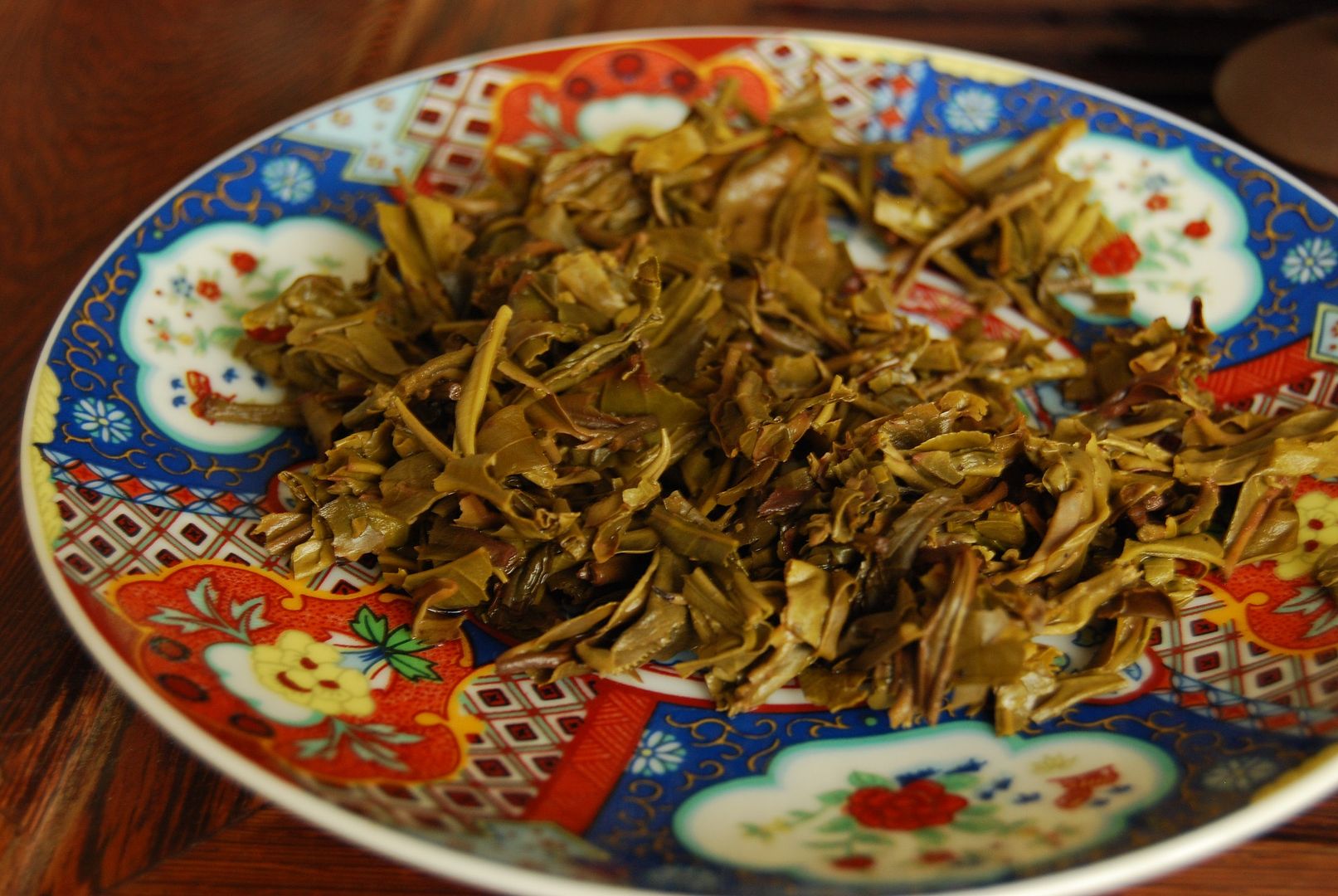
6 comments:
I bought a cake of the spring 2013 Wuliang from YS after having some similarly glowing experiences with tea from that region. They really are such a great deal. Haven't tried the '13 yet though, I'm waiting for summer. It's all older sheng and ripe cakes (and coffee) for me in the winter!
Hi Hobbes , any tasting notes for the 2012 Chenxiang ?
Dear Ian,
I admire your seasonal approach! It is certainly in keeping with the tenets of Chinese diet modulation. :)
Dear Tofu,
I haven't got the notes for the Chenxiang to hand, I'm afraid - I just popped up the image up for my own reference on this occasion. Sorry. :)
With best wishes,
Hobbes
Regarding the Nanjian / Wuliangshan / Dali issue: I believe there is only 1 Nanjian county. It's in Dali prefecture, allright, at the southern tip, where the Wuliang range's northernmost mountains rise.
That's the kind of dedication to facts that I admire - thank you, Lew. :)
Toodlepip,
Hobbes
Sliding from facts to speculation, I wonder if the Nanjian factory, which has long soldiered on in the shadow of Xiaguan, might all along have been using Wuliangshan raw material.
Post a Comment